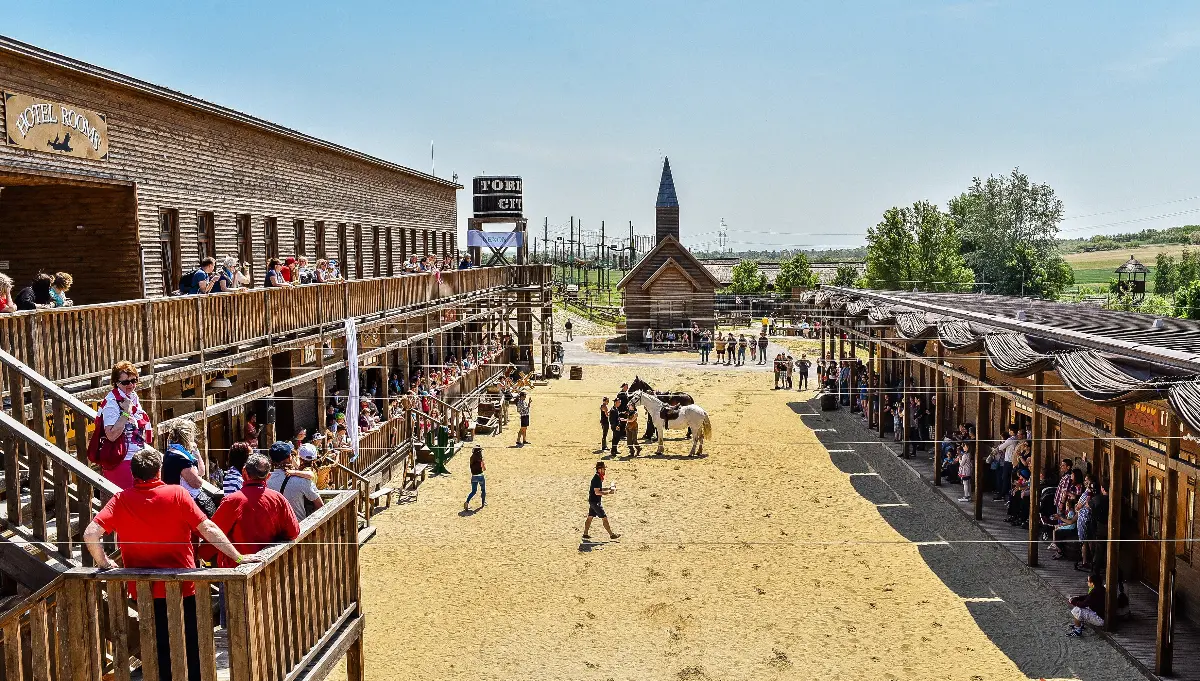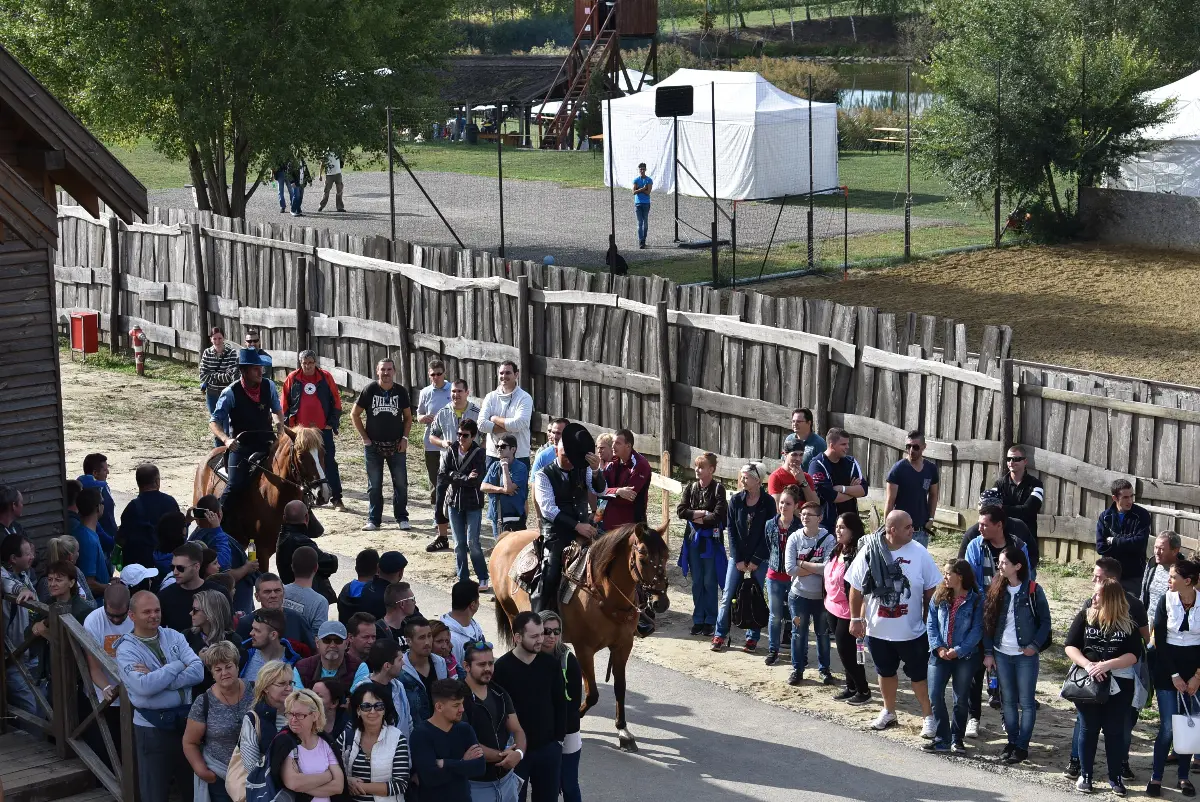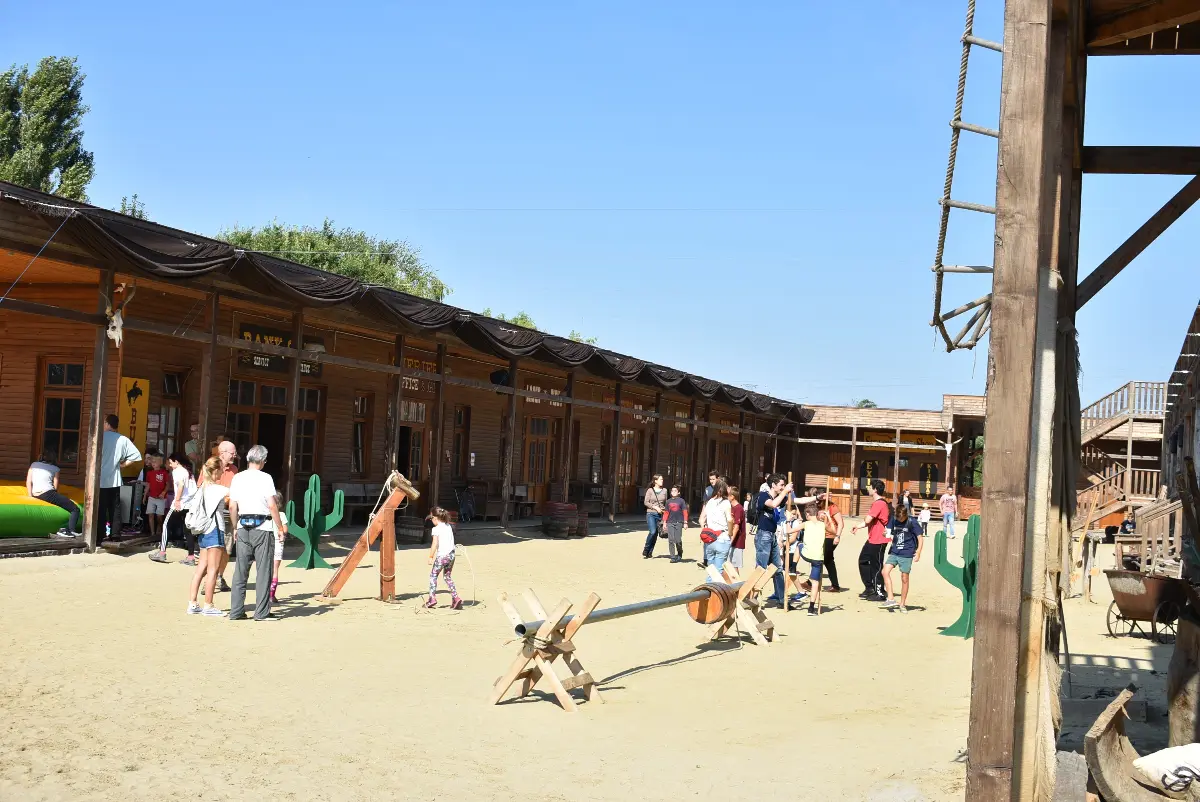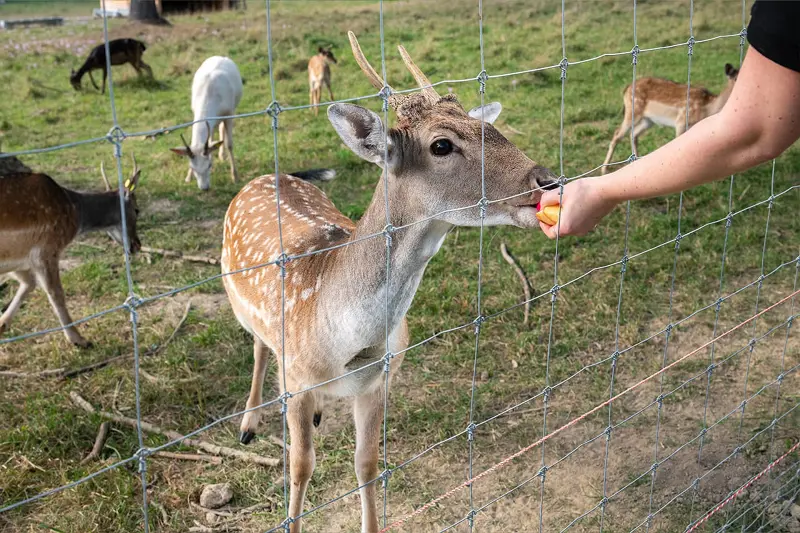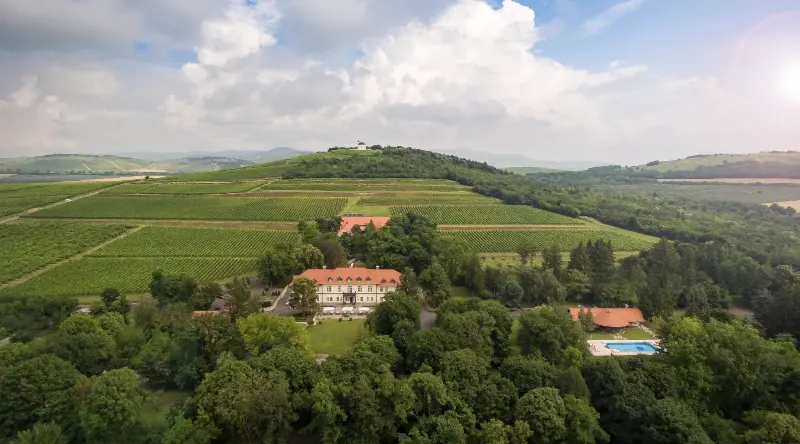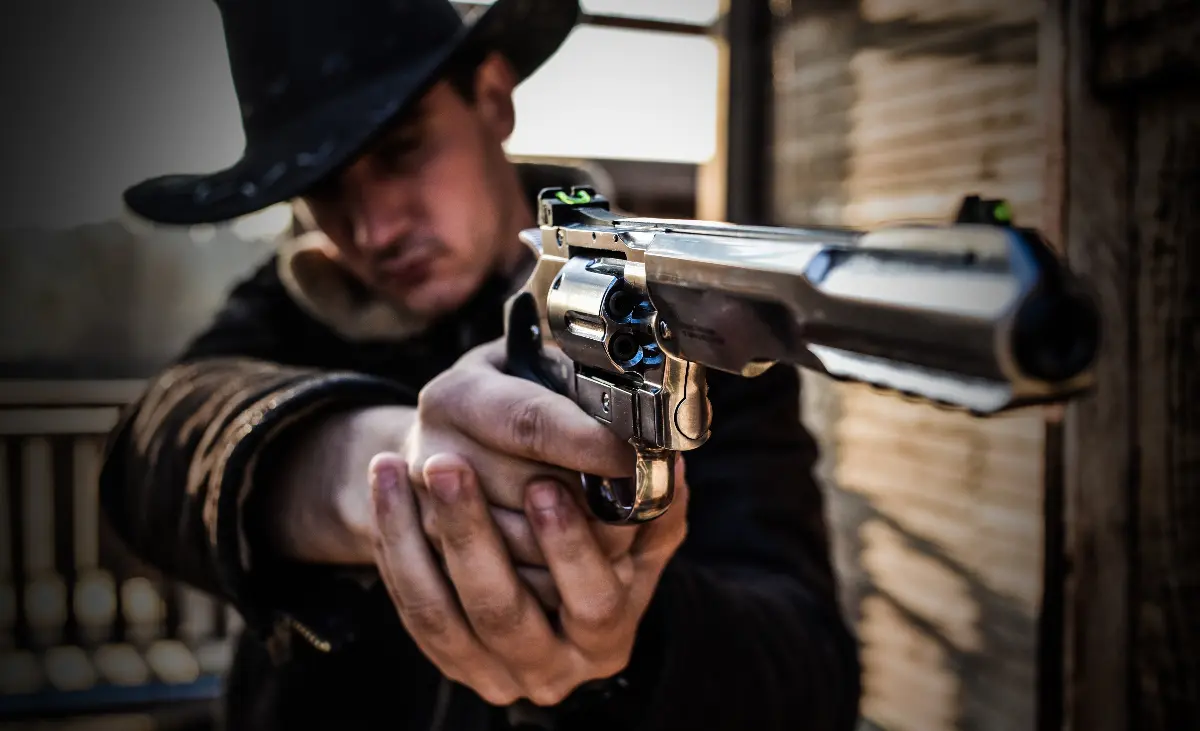
Helyszín címkék:
Is this the Wild West? The Western Village in Tordas
Bóday Csilla
The Western village
The aim of the Adventure Village was to create a unique park in Hungary, which could possibly fill a gap. The fun village offers a wealth of experiences for visitors. There's a variety of Wild West fun to try, including a high-ropes course and a chance to slide across a lake. But if you want peace and quiet, you can walk around the same lake. You can also indulge in culinary delights to your heart’s delight. The village is equipped with a large kitchen capacity, so it can cater for up to several thousand people. This is also helped by the eight hundred parking spaces. Every year, new and exciting attractions are added to the village to cater for everyone's needs, so if you want to organise team-building activities, you have every opportunity to do so.
The programmes of the Western village
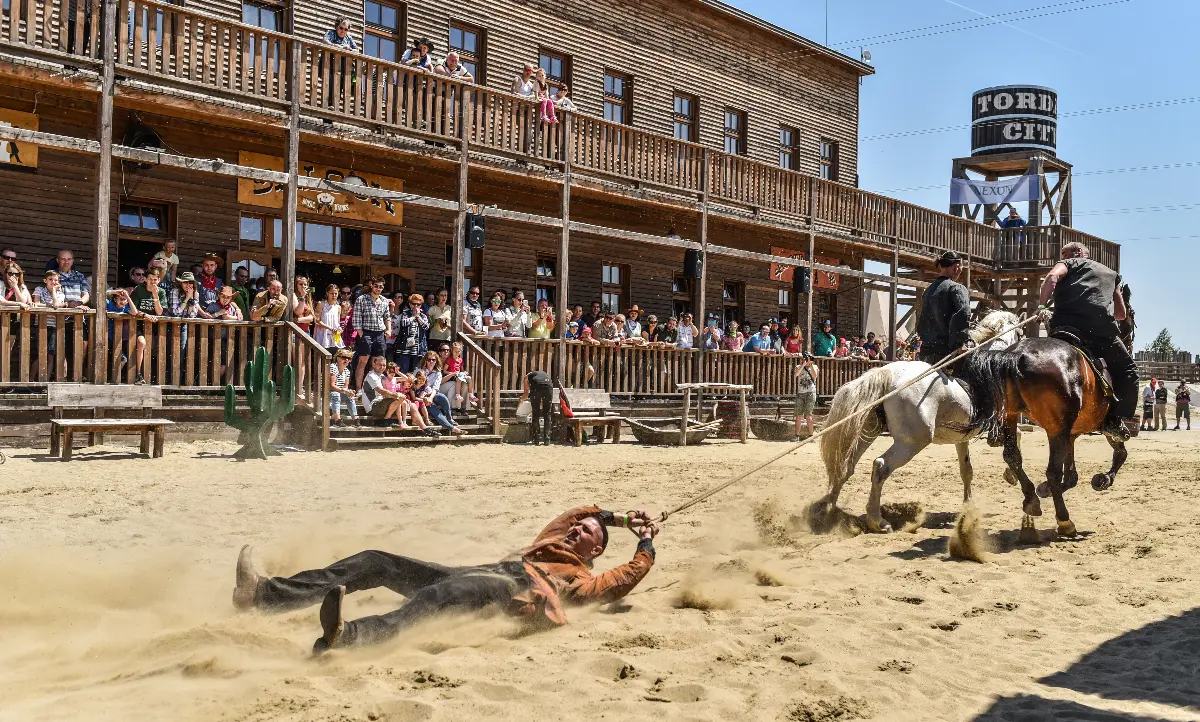
In terms of style, visitors who like the west and feel an affinity to it are obviously the most frequent. For them, an authentic individual or team-building programme is organised, which can even include the opportunity to be in a real western film. But how? In this case, a real film studio is available where, at the request of the guest, a film called “The Bandits of Tordas” can be shot, in which the guest and his company are the cast. The hour-long film is professionally edited and all participants receive the final result by email. This will make your visit to the West a lifetime experience and a lasting memory. In the village itself, you can learn about the western way of life, weapons and imitate western scenes.
If you want to experience the western bar atmosphere, there's nothing to stop you. In the village saloon, you can enjoy an authentic Wild West experience all night long. Hungary's largest team-building area is located in the village, which consists of three sectors with a capacity of eighty people. It is usually a popular place for companies and groups of friends, where everyone's skills can be tested. In addition, there will also be an escape room, rodeo bull riding, archery, target shooting, gold panning and many other interesting activities. If you want a truly authentic look to fit in perfectly with the scene, a pair of worn jeans, western boots, a checked shirt and a leather hat are recommended. If you don't have these to hand, you can rent a costume on the spot.
Other points of interest in the village of Tordas
The settlement was inhabited in the Bronze Age and Roman times. This is evidenced by a large number of archaeological finds. The village was mentioned for the first time in contemporary writings in 1270. It was called Thordos. It had good facilities, the Roman road that led from Ráckeresztúr to Csákvár passed through the settlement. This greatly facilitated the development of its agriculture and livestock breeding, as it was on the trade route. It also had significant grape production, which at one time was sold to the nuns of Margaret Island. In 1328 the village is already mentioned as Tardas, according to a document, the grandson of Peter Ban, Master Paul sold the village to Gyletus' son Miklós. On the outskirts of the village, there is the Tordasi fish farm, where the life and tools of the farming ancestors are exhibited. The Sajnovics Castle and the monument to János Sajnovics can also be visited in the village. János Sajnovics, born in Tordas, was a Jesuit monk who lived in the 18th century, an early researcher of the Finno-Ugric language, a linguist, mathematician and astronomer. He laid the scientific foundations for the kinship of the Hungarian language. As a member of an expedition led by Miksa Hell and commissioned by Maria Theresa, they made astronomical observations off the coast of northern Norway. Sajnovics' task was to research the similarities in the pronunciation of the Sami language and the Hungarian language.
